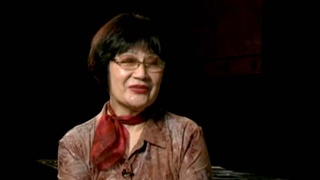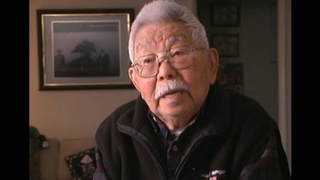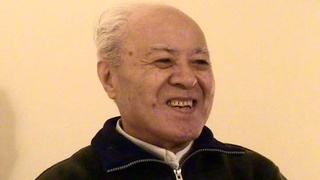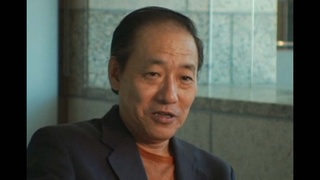Interviews
Difference Between Past Immigrants and Today’s Immigrants (Japanese)
(Japanese) Well, in our time, Japan had already recovered to some degree. In the old days, Japan’s primary focus was silk production. In other words, the production of non-essential items. It wasn’t the production of necessities. The country producing necessities was Germany. Medicine, for example. That kind of country doesn’t collapse. However, when it comes to production of non-essentials, when people say they don’t want them anymore, it’s over. That kind of country quickly becomes poor. In the Russo-Japanese War, if America and others hadn’t stepped in, Japan would have gone bankrupt.
When Japan was that type of country, the thing supporting Japan was, in fact, people who went overseas and sent foreign currency back to Japan. That saved the country. That’s the way it was back then. In our time, Japan was by then doing OK so we could leave. For example, our parents were rich. Not actually rich, but they were responsible and doing well, so we were able to go overseas and do what we wanted. People from the past sent remittances to Japan. That was admirable. As for us, we just lived the way we wanted. We were so irreverent. The previous generation did so much for Japan. That’s a clear difference.
Date: April 18, 2007
Location: Lima, Peru
Interviewer: Ann Kaneko
Contributed by: Watase Media Arts Center, Japanese American National Museum
Explore More Videos

Treatment of Japanese Paraguayans during World War II (Spanish)
Nisei Paraguayan, Researcher

Reason to come back to Canada in 1954
(b. 1922) Canadian Nisei who was unable to return to Canada from Japan until 1952

Avoiding the Japanese military
(1914-2004) Nisei Bonsai master in the United States

Tango makes him to stay in Argentina (Spanish)
(1925-2014) La Plata Hochi, Journalist



Government urged Japanese Canadians to go to Japan
(b. 1928) Doctor. Former Chair of the Japanese Canadian Redress Foundation.


On returning to post-war Peru (Japanese)
(b. 1948) Executive Director of Amano Museum





Facing discrimination in America (Japanese)
(b. 1936) Shin-issei welding business owner

